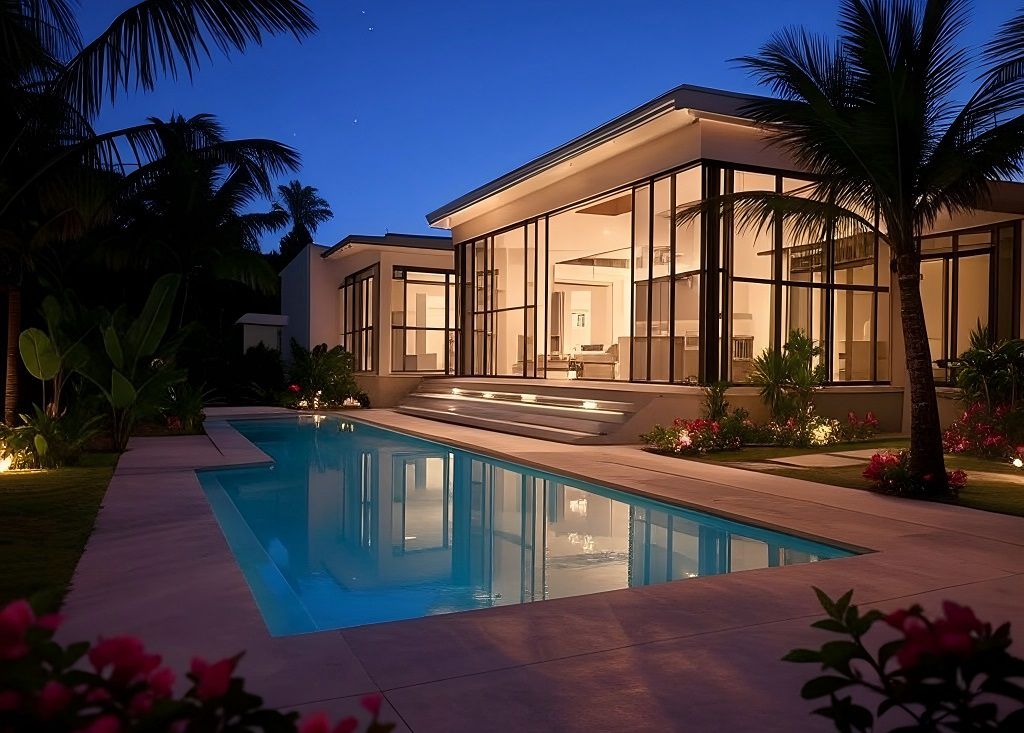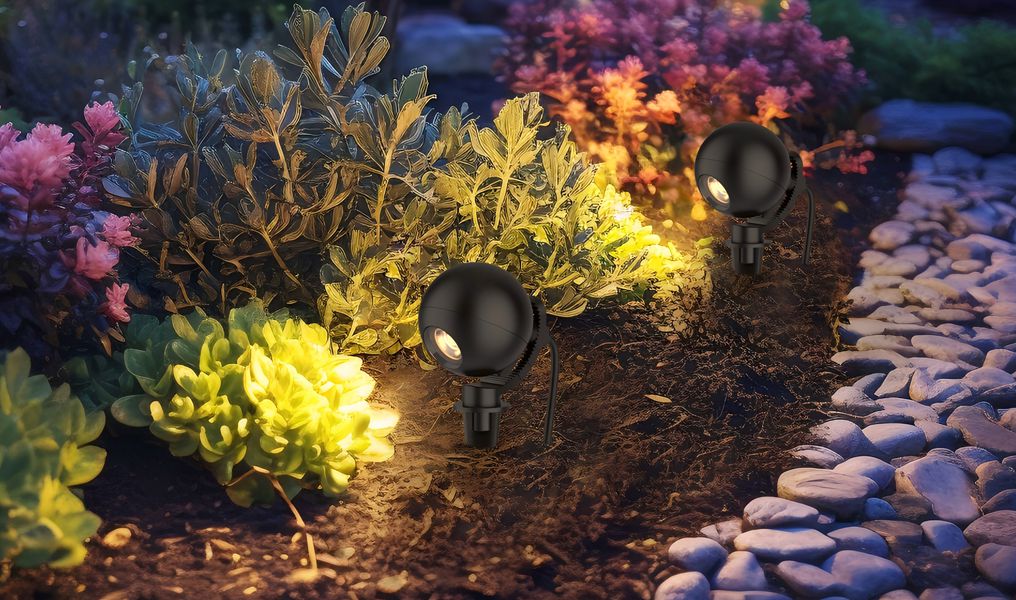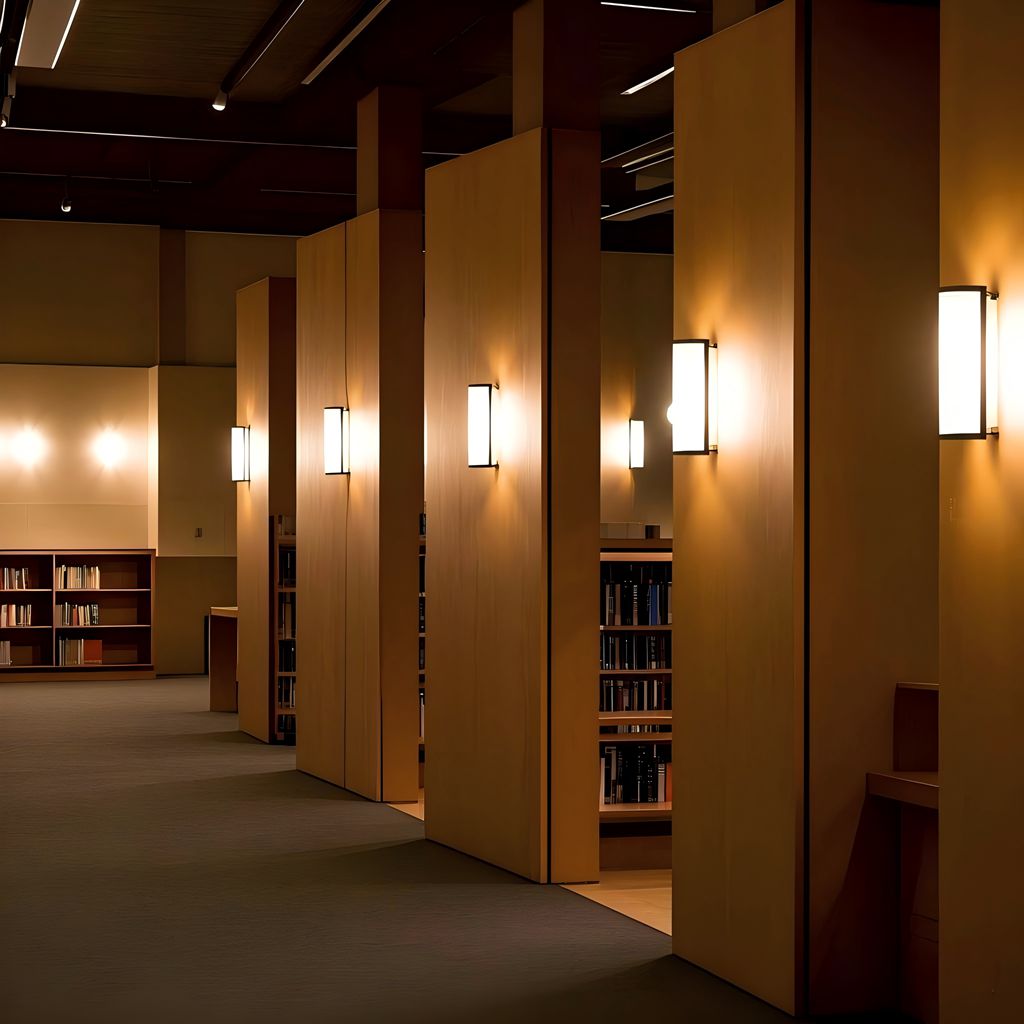Lighting & Color
The classification of LED lighting source
LED chips classify two types, there are SMD and COB. They are the main part of the light that is organized to emit different temperature lighting colors.
SMD: Surface Mounted Devices are one kind of components and parts, which can reflow soldering and suitable for use in automated mass production. Generally, each one below 0.2w is a small power LED that normally sees the 3528, 3014, and 5050. And each one between 0.2w to 0.5w is the middle power LED which normally sees 5630, 2323, and 3030.
Power LED: Generally single 1W or more, telecom drive current is mostly 350mA. For example, the Cree XP-E can drive up to 1000mA, the XP-G can drive up to 1500mA and the XM-L can drive up to 3000mA.
COB: High-density integration of multiple chips into a package of power LED can achieve high luminous flux, can achieve better color consistency, does not require SMT and reflow welding, small size, lighting design easier.
"The color of LED chip emission is related to the material and process of making LED. At present, three colors are widely used: red, green, and blue. Different materials are used to make LEDs, which can generate photons with different energies, thereby controlling the wavelength of light emitted by LEDs. What is called spectrum or color. The emitting color is used base on the trichromatic theory."
Trichromatic Theory:
RGB is short for Red Green Blue, which are the three primary colors of the system and is produced with light. The human eye is most sensitive to the RGB three colors. Most colors can be synthesized by the RGB three colors according to different proportions. Similarly, most monochromatic light can also be decomposed into RGB three kinds of color light. This is the most basic principle of colorimetry, that is, the principle of three primary colors. The three primary colors of RGB are added and synthesized according to different proportions, which is called additive color mixing. In addition to the additive color mixing method, there is also a subtractive color mixing method. Colors can be added and subtracted as needed.
- For the human eye, the vast majority of colors in nature can be obtained by mixing three primary colors in a certain proportion; otherwise, any one colour can be decomposed into three primary colors. But objectively speaking, light is an electromagnetic wave. When electromagnetic waves of different frequencies interfere, the frequency does not change, i.e. no color of another frequency is obtained
- The three primary colors must be independent of each other, it’s mean none of the primary colors can be produced by mixing the other two primary colors.
- The brightness of the color light obtained by mixing the three primary colors is equal to the sum of the brightnesses of the primary colors participating in the mixing.
- The ratio of the three primary colors determines the hue and color saturation of the mixed color

Subtractive color mixing principle
Red + green = yellow
Green + blue = cyan
Red+blue=bright purple
Red + green + blue = white
Yellow, cyan, and purple are all made by mixing two primary colors, so they are also called additive secondary colors.
Red + cyan = white
Green + purple = white
Blue + yellow = white
In LED industries, the luminous color of the chip is based on RGB any two or three-color mixing, different wavelengths are in different color regions, in order to distinguish them, people use Bin to select them in the chromaticity diagrams.
Bin is a subdivision of different colour temperature blocks, within the same block, different bins correspond to slightly different colour temperatures. For example, 5600k ‘s color temperature range is from 5300k to 6000k, there will be a bin named of B1, B2, B3, or B4 in the range.

The bins are also defined in the lumen, voltage, kelvin and color location. What most important parameters in LED variability are lumen and color, with bin marked each different color is easy for our eyes to distinguish and identify.
What Is The Relationship Between RGB And SDCM
Referring to RGB color matching, many LED manufacturers use MacAdam ellipses, also known as Standard Deviation of Color Matching( SDCM) to ensure that LEDs have the same light temperature. SDCM let people know how closely or differently between two colours match each other, and the light-emitting diode of these bin ranges guarantees uniform light colors. For exam[;e, in view of temperature color 3000k in picture 1, at different positions on the color temperature line, the colors are different. And the more adjacent the bin, the closer the color is. Generally, 2SDCM to 3 SDCM are recognized the color consistency is the best. Details data of the table below makes this system more clearly.

In conclusion, according to the mixing bin theories through mixing two or more different bin color to produce another color, which widely adopted in the SMD LED chip to make the luminous color have better consistency. But on the other hand, the COB chip most use the same bin color emitting, so its luminous colors have higher consistency.










